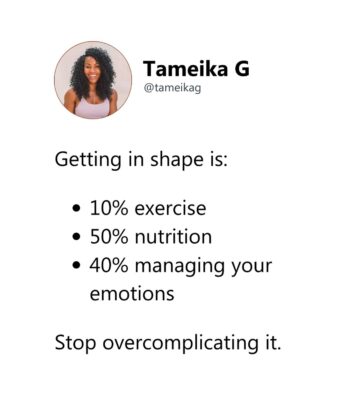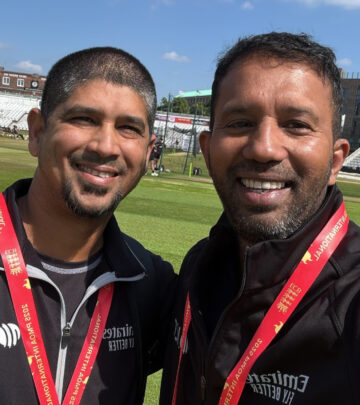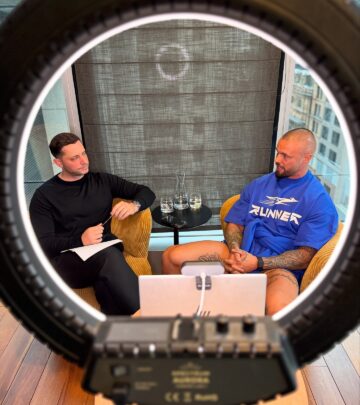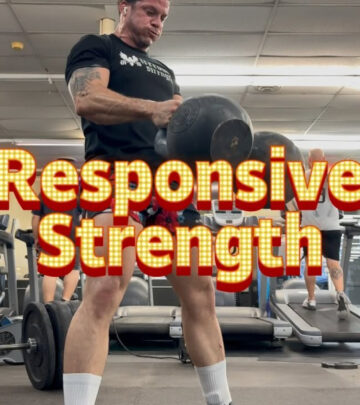Acceleration Blueprint Enhances Sprint Coaching
Corey Chapman's system pinpoints biomechanical cues to propel athletes to new speed levels
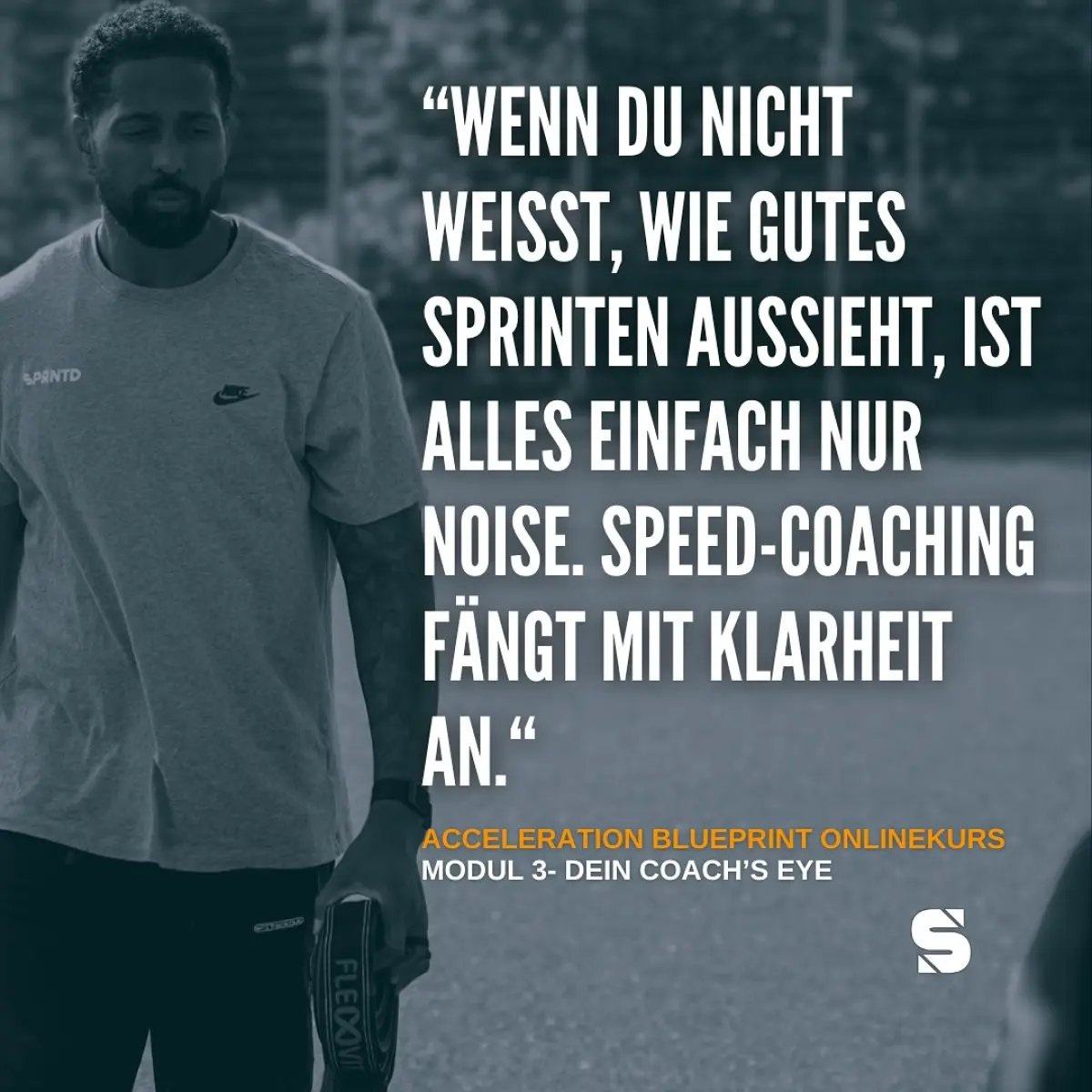
Image: Instagram
Corey Chapman, MS, CSCS, renowned for his work in speed development at SPRNTD, shares insights on how coaches can transform the overwhelming nature of sprint coaching into clear, actionable improvements. His new system – the Acceleration Blueprint – not only demystifies the coaching process but also highlights the key biomechanical cues that make the difference in performance.
Understanding The Overwhelm
Coach Chapman begins by acknowledging that speed coaching can sometimes be overwhelming, especially when so much happens in such a short span of time. The challenge lies in discerning which movements are critical to accelerating performance, and which merely fill space. As he explains, without a clear picture, even the best coaching efforts can feel aimless.
Hip Extension
At the center of his methodology is the emphasis on hip extension. According to Chapman, “Hip Extension is the motor – what really drives us forward.” However, the focus is not solely on whether athletes achieve hip extension, but on the speed at which they do so. This critical detail can transform the coaching narrative, ensuring that athletes not only move but move efficiently.
Fuß-boden-interaktion
Another focal point of the Acceleration Blueprint is the role of foot-ground interaction. Coach Chapman notes that the dynamics of how an athlete interacts with the ground can either recycle energy back into movement or cause a loss of momentum. By refining this interaction, coaches can help athletes maximize the energy transfer with every step.
Touchdown & Toe-off
The final piece in Chapman’s triad is the analysis of two key shapes: Touchdown and Toe-Off. The touchdown phase provides critical insights into an athlete’s posture, shin angle, and intent, while the toe-off signals whether the athlete is truly driving forward or simply lifting off the surface. When these phases do not align with an optimal biomechanical model, a breakdown in acceleration can occur. Chapman asserts that identifying and correcting these nuances enables coaches to tailor feedback that leads to real progress.
In previous sessions and posts, Chapman has reiterated that success in speed training is a systematic process rather than a matter of innate talent. He highlights that accuracy in movement – from the quality of hip extension to the precision of foot placement – paves the way for significant improvements on the field.
The Blueprint Advantage
With the Acceleration Blueprint, coaches are equipped to observe and measure what ‘good’ looks like in sprint mechanics. The blueprint serves as a guide that sharpens a coach’s cueing system, infusing clarity into the often chaotic environment of sprint training. By focusing on the right details, coaching becomes more effective, and athletes can achieve tangible strides in performance.
Corey Chapman’s method isn’t just theory; it builds on years of practical experience and refined observation. It comes as a corrective tool against common misconceptions in speed training – such as the myth that speed is purely innate, or that volume trumps quality. Instead, his approach underscores that speed is a culmination of precise biomechanics, correct form, and the structured application of training principles.
Bridging Theory And Practice
This approach has resonated strongly within coaching circles. Chapman’s online posts frequently feature side-by-side comparisons of athletes executing hip extension and foot-ground interaction, underlining the blueprint’s effectiveness. His detailed technical breakdowns offer coaches a roadmap for unlocking an athlete’s full acceleration potential. Whether it’s through re-emphasizing the importance of quality over quantity of sprints, or debunking myths around speed training, the Acceleration Blueprint continues to set a new standard in performance coaching.
In essence, the Acceleration Blueprint transforms the complexity of speed coaching into a structured approach that benefits both the coach and the athlete. It provides a clear framework that guides training sessions, ensuring that every movement is purposeful and every biomechanical cue is accounted for. As a result, athletes see real progress – gaining faster starts and improved overall sprint performance.
Corey Chapman’s work is a call to coaches: by focusing on the right cues and leveraging structured feedback, the art of speed coaching evolves into a science that delivers consistent results. His message is clear – when you know what to look for, coaching becomes an opportunity to drive genuine athletic improvement.
Read full bio of Nisha Bharatan





